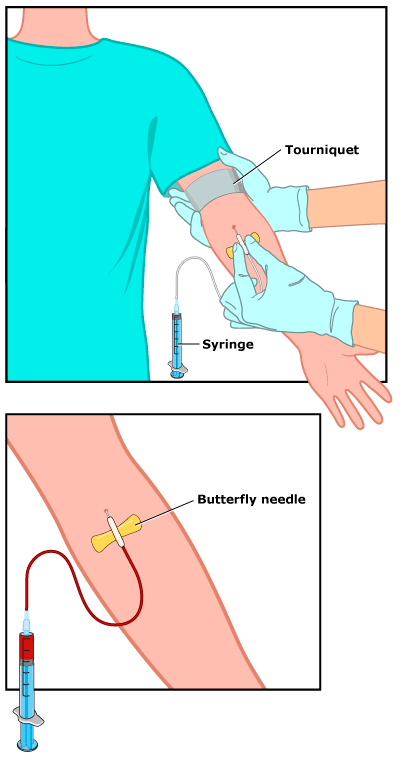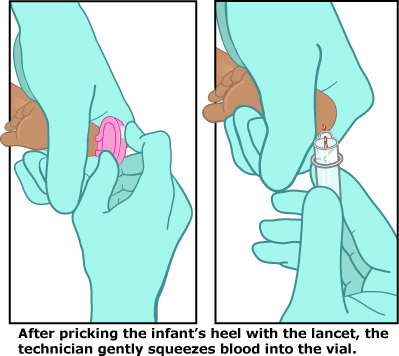Blood Test: Lactate Dehydrogenase (LDH)
Article Translations: (Spanish)
What It Is
Lactate dehydrogenase (also called lactic acid dehydrogenase, or LDH) is an enzyme found in almost all body tissues. It plays an important role in cellular respiration, the process by which glucose (sugar) from food is converted into usable energy for our cells.
Although LDH is abundant in tissue cells, blood levels of the enzyme are normally low. However, when tissues are damaged by injury or disease, they release more LDH into the bloodstream. Conditions that can cause increased LDH in the blood include liver disease, heart attack, anemia, muscle trauma, bone fractures, cancers, and infections such as meningitis, encephalitis, and HIV.
Even though an LDH test is useful in diagnosing tissue damage, other tests are usually necessary to pinpoint the location of the damage. One such test is called the LDH isoenzymes test. LDH isoenzymes are five kinds of the LDH enzyme that are found in specific concentrations in different organs and tissues. By measuring the blood levels of these isoenzymes, doctors can get a better idea of the type, location, and severity of the cellular damage.
Why It's Done
The LDH test is generally used to screen for tissue damage. This damage may be acute (as in the case of a traumatic injury) or chronic (due to a long-term condition such as liver disease or certain types of anemia). It also may be used to monitor progressive conditions, such as muscular dystrophy and HIV.
Preparation
No special preparations are needed for this test. On the day of the test, having your child wear a T-shirt or short-sleeved shirt can make things easier for the technician drawing the blood.
The Procedure
A health professional will usually draw the blood from a vein. For an infant, the blood may be obtained by puncturing the heel with a small needle (lancet). If the blood is being drawn from a vein, the skin surface is cleaned with antiseptic, and an elastic band (tourniquet) is placed around the upper arm to apply pressure and cause the veins to swell with blood. A needle is inserted into a vein (usually in the arm inside of the elbow or on the back of the hand) and blood is withdrawn and collected in a vial or syringe.
After the procedure, the elastic band is removed. Once the blood has been collected, the needle is removed and the area is covered with cotton or a bandage to stop the bleeding. Collecting the blood for the test will only take a few minutes.


What to Expect
Either method (heel or vein withdrawal) of collecting a sample of blood is only temporarily uncomfortable and can feel like a quick pinprick. Afterward, there may be some mild bruising, which should go away in a day or so.
Getting the Results
The blood sample will be processed by a machine. The results are commonly available within a day or two.
Risks
The LDH test is considered a safe procedure. However, as with many medical tests, some problems can occur with having blood drawn, like:
- fainting or feeling lightheaded
- hematoma (blood accumulating under the skin causing a lump or bruise)
- pain associated with multiple punctures to locate a vein
Helping Your Child
Having a blood test is relatively painless. Still, many children are afraid of needles. Explaining the test in terms your child can understand might help ease some of the fear.
Allow your child to ask the technician any questions he or she might have. Tell your child to try to relax and stay still during the procedure, as tensing muscles and moving can make it harder and more painful to draw blood. It also may help for your child to look away when the needle is being inserted into the skin.
If You Have Questions
If you have questions about the LDH test, speak with your doctor.
Note: All information is for educational purposes only. For specific medical advice, diagnoses, and treatment, consult your doctor.
© 1995-2024 KidsHealth ® All rights reserved. Images provided by iStock, Getty Images, Corbis, Veer, Science Photo Library, Science Source Images, Shutterstock, and Clipart.com

